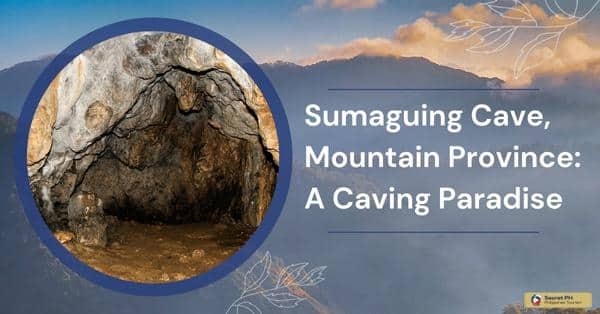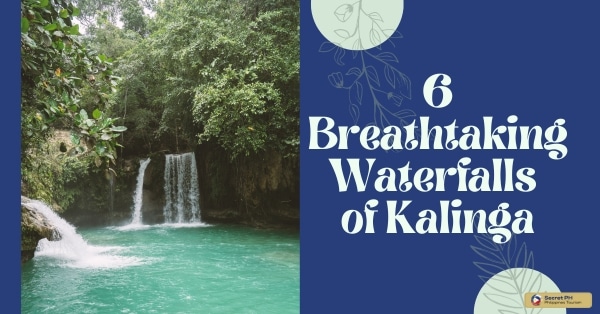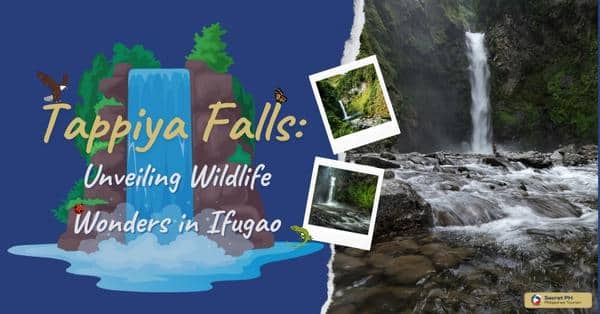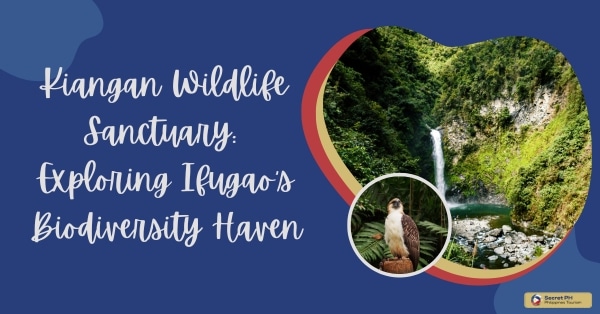Discover Mount Pulag in the Philippines, Luzon’s highest peak, and a natural wonderland with stunning views, diverse flora and fauna, and unforgettable sunrises and sunsets. Choose from several trails to trek to the summit or camp overnight for a once-in-a-lifetime experience, but remember to take necessary safety measures. A must-visit destination for nature enthusiasts seeking unparalleled beauty.
In this blog post, we will explore the breathtaking beauty of Mount Pulag. We will take a look at the geographical location of Mount Pulag, its importance to the indigenous communities, flora and fauna diversity in the area, various trails available to reach its summit, an unforgettable camping experience offered by Mount Pulag, the best time to visit this beautiful mountain peak and safety measures one should take while trekking.
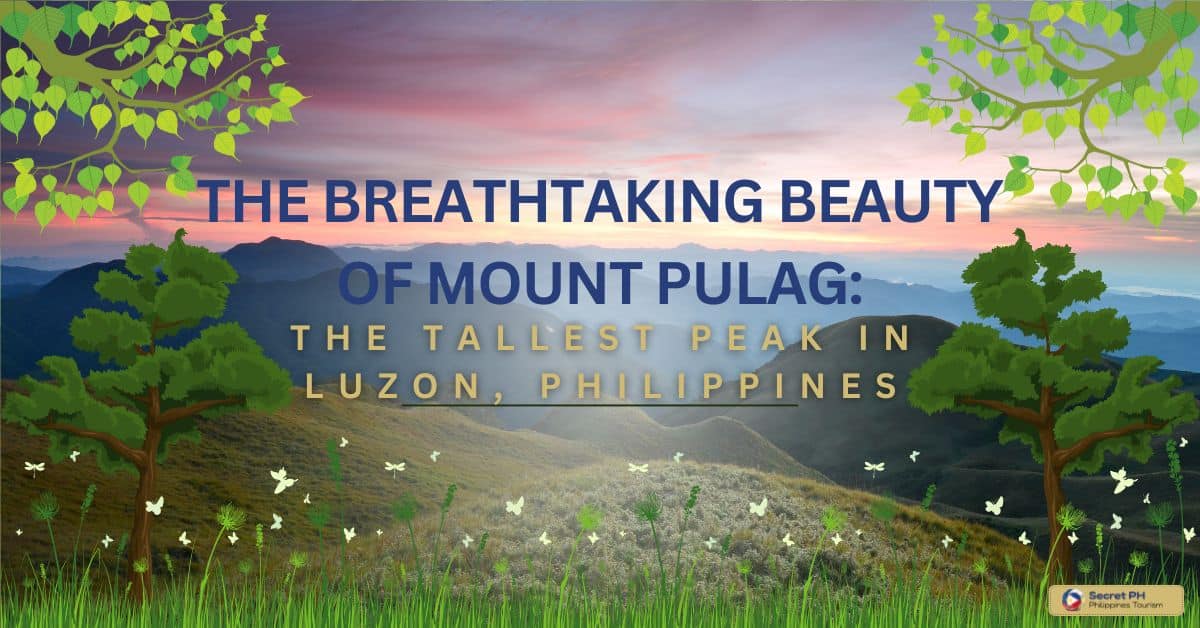
The Geographical Location of Mount Pulag
Mount Pulag is located in the northern region of the Philippines and is situated in the Cordillera Mountain Range. The peak itself stands at a height of 2,926 meters above sea level. Making it the highest point in Luzon, the largest island in the Philippines.
The mountain is part of the larger Mount Pulag National Park. Which covers an area of 11,550 hectares and is home to a wide variety of flora and fauna, including several endangered species.
The park is situated in the Benguet province, and visitors can access the mountain through several nearby towns such as Baguio City, Kabayan, and Bokod. Its strategic location has made Mount Pulag a popular destination for both local and foreign tourists who are looking for a challenging but rewarding hiking experience, as well as those who wish to immerse themselves in the natural beauty of the region.
For pictures, booking, and more information, click here.
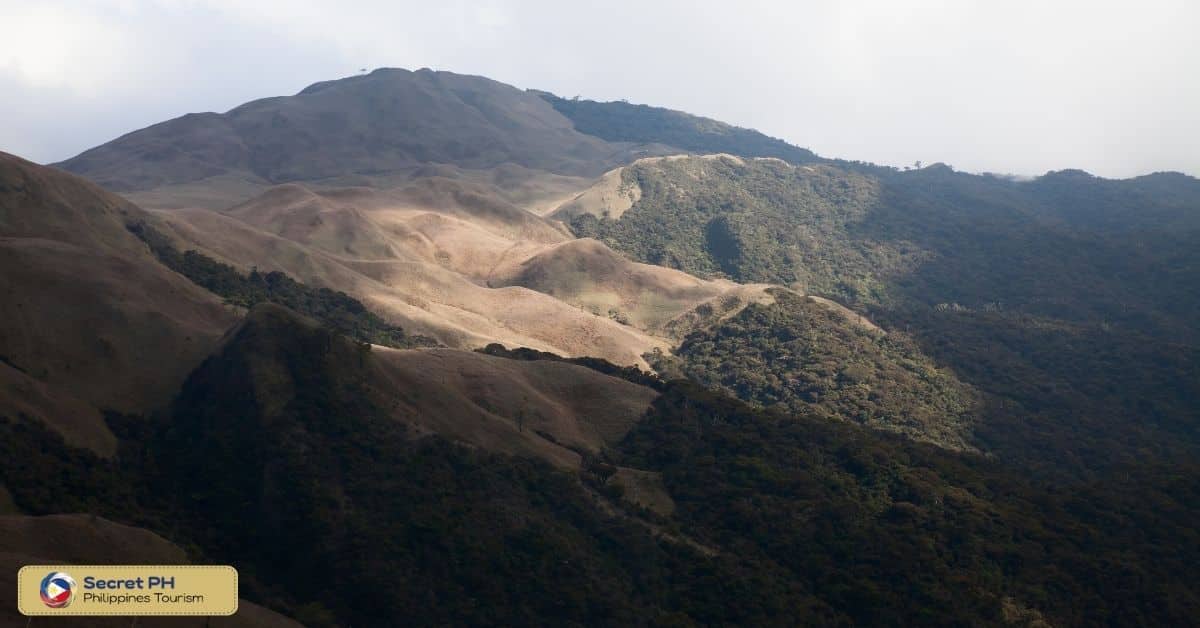
The Importance of Mount Pulag to the Indigenous Communities
Mount Pulag holds significant cultural and spiritual importance for the indigenous communities in the region. Particularly the Ibaloi, Kankana-ey, and Kalanguya peoples.
The mountain is considered a sacred site and is often referred to as the “playground of the gods.” It is believed to be the resting place of the spirits of the ancestors and serves as a crucial location for various cultural and religious rituals.
The indigenous communities also rely on the mountain’s natural resources, including its forests, rivers, and wildlife, for their livelihoods. The sustainable management of these resources is crucial for their survival and cultural preservation.
As a result, the Mount Pulag National Park works closely with these communities to ensure that their rights are protected, and their traditional knowledge and practices are valued and integrated into the park’s management strategies.
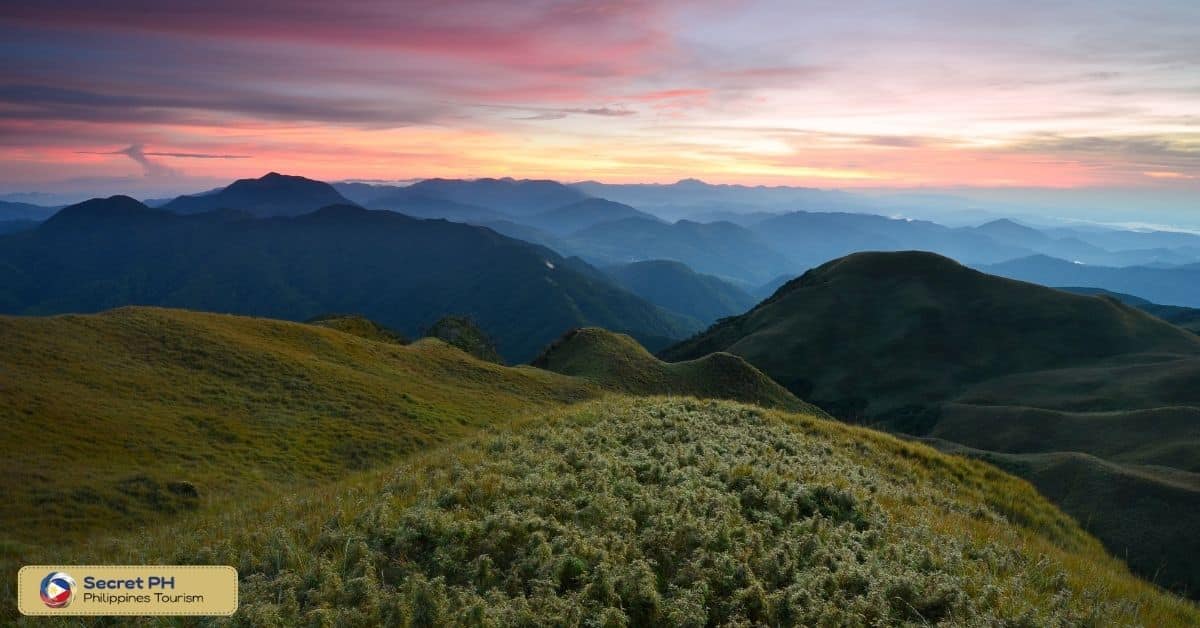
Flora and Fauna Diversity in Mount Pulag
Mount Pulag, also known as the “Playground of the Gods,” is a popular tourist destination in the Philippines. It is located in the region of Cordillera and is known for its unique biodiversity.
The mountain is home to various plant and animal species, making it a must-visit destination for eco-tourists and nature enthusiasts. Let’s take a closer look at the diverse flora and fauna found on Mount Pulag.
Flora Diversity
Mount Pulag boasts a variety of plant species, ranging from mosses and ferns to flowering plants and trees. The mountain’s elevation and climate play a significant role in its plant diversity, which includes:
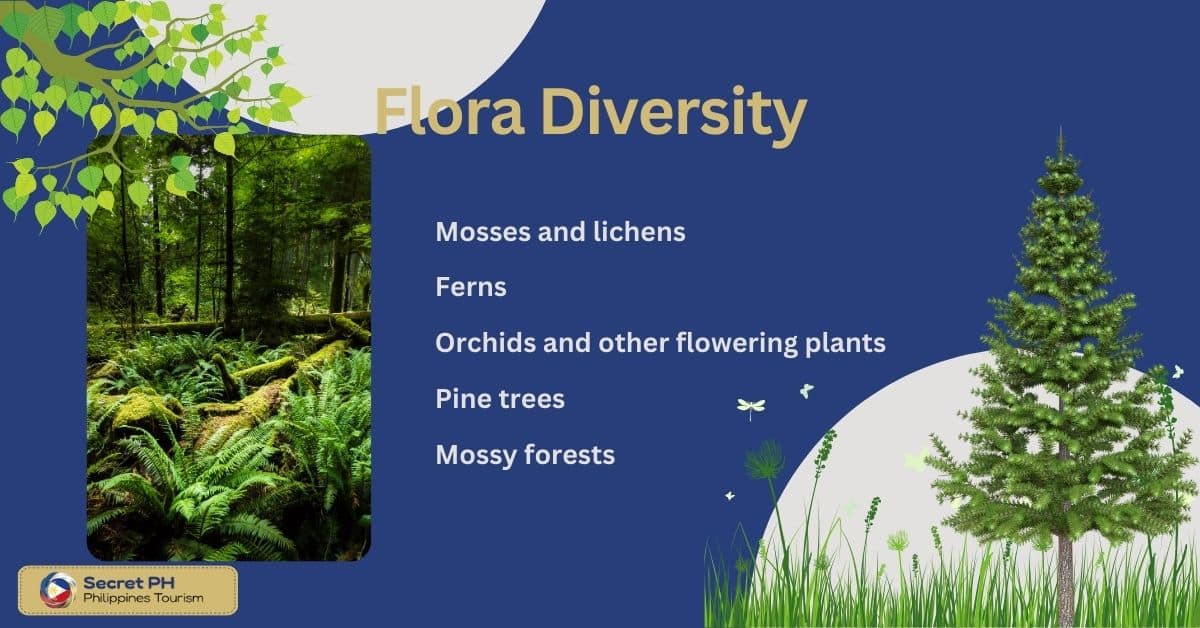
1. Mosses and lichens – Mount Pulag is covered in different species of mosses and lichens, which are essential in providing an environment for other plants and animals. They offer excellent moisture retention properties that help with soil stability, making them essential for the mountain’s fragile ecosystem.
2. Ferns – Visitors to Mount Pulag can witness various species of ferns, including tree ferns that can grow up to 10 meters tall. Ferns are among the oldest plants on Earth, and their presence on the mountain indicates a healthy and balanced environment.
3. Orchids and other flowering plants – The mountain’s lower regions are covered with lush and vibrant orchids that provide color and beauty to the landscape. Mount Pulag is also home to various flowering plants, including some unique species endemic to the region.
4. Pine trees – The higher elevations of Mount Pulag are covered with a dense pine forest that is home to various bird species, including the Luzon hornbill. The pine trees also help regulate the mountain’s temperature, making it ideal for dwarf bamboo plant species.
5. Mossy forests – Mossy forests are another ecological niche present in Mount Pulag. They are characterized by dense ground cover vegetation and dominant moss species. These forests provide habitat for many plant and animal species, making them essential and critical for the mountain’s biodiversity.
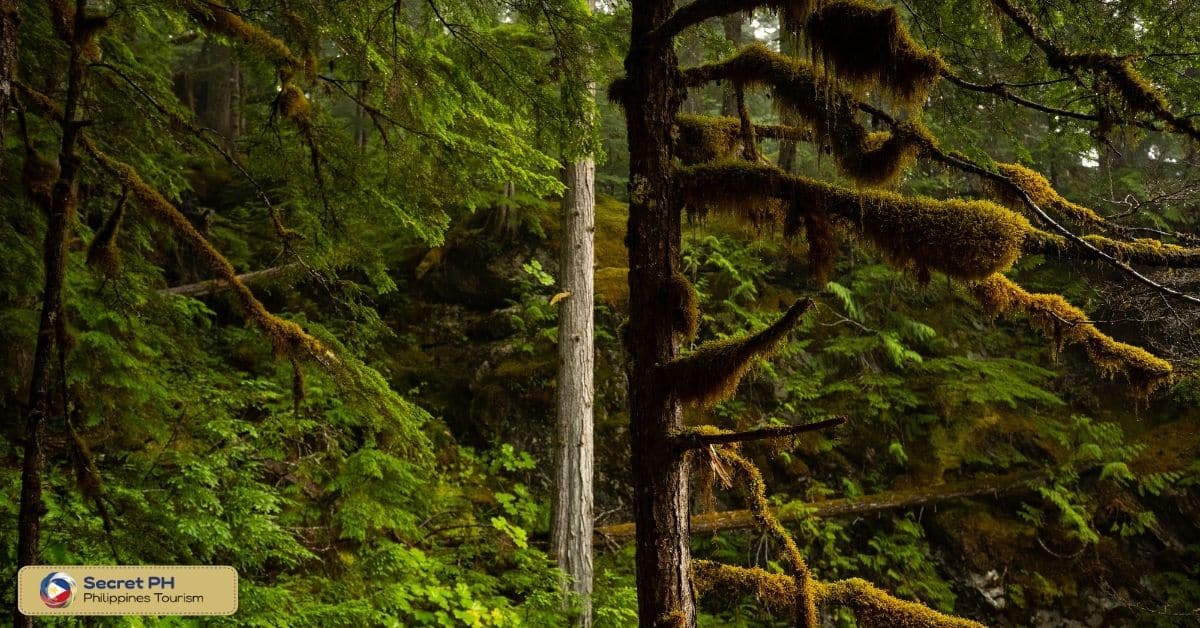
Fauna Diversity
Mount Pulag is home to various animal species, including small mammals, birds, and reptiles. The mountain’s diverse forest ecosystem houses migratory birds, endemic species, and endangered animals. Some of the animal species you can encounter on Mount Pulag include:
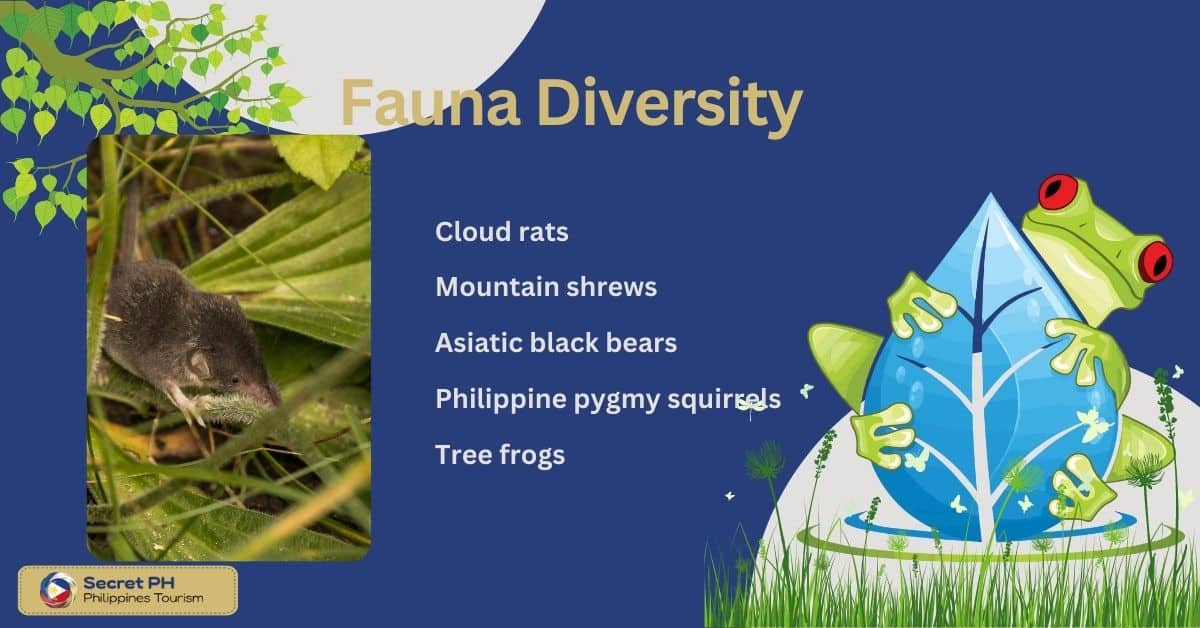
1. Philippine deer (Balabac chevrotain) – Often referred to as chevrotains or mouse deer, the Philippine deer is the world’s smallest hoofed animal species. These creatures are endemic to the Philippines and can be found in Mount Pulag’s forests.
2. Cloud rats – Mount Pulag has unique cloud rats that are found only on Luzon Island. These rodents are tree-dwelling creatures and are official members of the “old world rats and mice” family.
3. Mountain shrews – Echinosorex gymnura, commonly known as the gymnure or moonrat, is a species of shrew endemic to the Philippines. These small mammals are among the most distinctive animals in the forest, with slightly elongated snouts and a hairy tail.
4. Asiatic black bears – The Asiatic black bear, known as the “moon bear,” can be found in Mount Pulag’s forests. They are recognizable for their black fur with a crescent-shaped marking on their chest.
5. Philippine pygmy squirrels – The Philippine pygmy squirrel is the tiniest squirrel species globally, measuring less than 10cm from nose to tail. They are native to the area and can be found in the mossy forests of Mount Pulag.
6. Tree frogs – Mount Pulag’s ecosystem also includes various amphibians, such as tree frogs. The common tree frog is the most frequently seen, with their distinctive green color and their ability to blend in with the surrounding foliage.
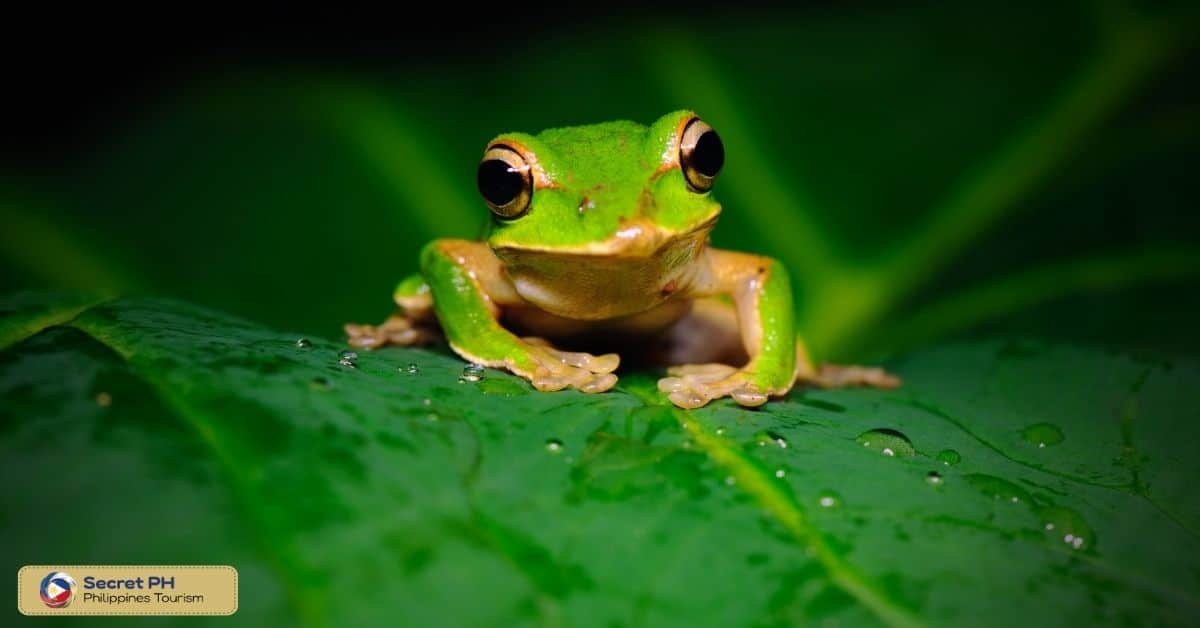
The Various Trails to Reach the Summit
Mount Pulag is one of the country’s most popular hiking destinations. Known for its stunning views and unique ecosystem, the mountain is frequented by locals and tourists alike. Reaching the summit of Mount Pulag takes time and effort, but the journey is worth it. In this section, we will explore the various trails that lead to the top.

Ambangeg Trail
The Ambangeg Trail is the most popular trail among hikers, thanks to its relatively easy difficulty level. It’s a beginner-friendly trail, and it allows hikers to reach the summit in just one day.
This trail is open year-round, making it the ideal starting point for beginners and those who prefer not to camp. Ambangeg Trail is known for its scenic pine forests and grasslands, and it provides hikers with breathtaking views of the sunrise and sunset.
Akiki Trail
The Akiki Trail is a more challenging trail than Ambangeg and requires an overnight stay. It is known for its steep ascent and rugged terrain. However, it also offers spectacular views of the mountain’s mossy forests and grasslands.
The Akiki Trail is the shortest route to the summit, but it requires stamina, as hikers will have to cover a distance of approximately 10 kilometers. It’s best suited for intermediate to advanced hikers who are looking for a more challenging mountain climb.
Tawangan Trail
The Tawangan Trail is the least popular route among hikers. It is still a great alternative for those who want a quieter and less-crowded path. The trail starts from the remote farming community of Tawangan, and it provides hikers with stunning views of the rice terraces and the surrounding mountain ranges.
Much like Akiki Trail, the Tawangan Trail is challenging and requires an overnight stay. However, it is the longest of the three trails, with a distance of almost 19 kilometers.

The Spectacular Sunrise and Sunset Views from the Peak
Watching the sunrise from the peak of Mount Pulag is a truly mesmerizing experience. To reach the peak, you must first hike through scenic trails and climb up steep hills. As you reach the top, the atmosphere becomes quiet and serene and the sky slowly starts to light up with stunning hues of red, orange, and pink.
The mountain peaks are illuminated with the first rays of sunlight, creating an ethereal glow around the landscape. As the sun rises higher, the mist starts to dissipate, revealing the breathtaking beauty of the surrounding mountains, forests, and valleys. The sunrise at Mount Pulag is truly magical and is worth every bit of effort it takes to reach the peak.
The sunset at Mount Pulag is just as remarkable as the sunrise, if not more. As the day comes to an end, the sun starts to slowly dip below the horizon, casting a golden glow on the mountains and valleys.
The sky becomes a canvas of vivid colors, ranging from deep reds to soft pinks and purples. The clouds take on hues of orange and gold, creating a stunning contrast against the blue and purple shades of the sky. The view of the rolling hills and mountain ranges as the sun sets is truly a sight to behold.
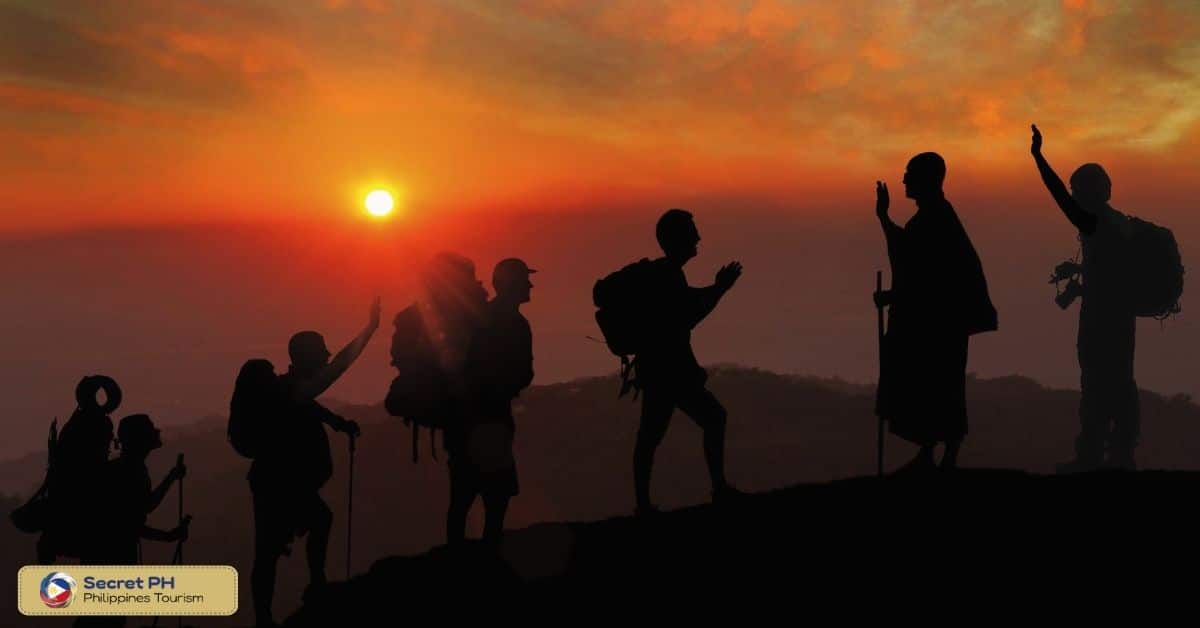
The Unforgettable Camping Experience at Mount Pulag
Camping in Mount Pulag is a truly unforgettable experience. The mountain’s summit provides stunning views of the surrounding landscape, making it the perfect spot for overnight camping.
As night falls, visitors can huddle around a campfire and admire the beauty of the stars above them. During the day, visitors can take part in various activities such as hiking, bird watching, and nature photography. The mountain is a great place to reconnect with nature and spend quality time in the great outdoors.
Camping in Mount Pulag is an experience like no other. Whether you’re looking for some peaceful alone time or a chance to bond with friends and family, the mountain offers something for everyone.
On the summit, visitors will be rewarded with breathtaking views, crisp air, and some of the most beautiful sunrises and sunsets. With its unique biodiversity and captivating beauty, Mount Pulag is an ideal destination for campers looking for a truly unforgettable experience in nature.
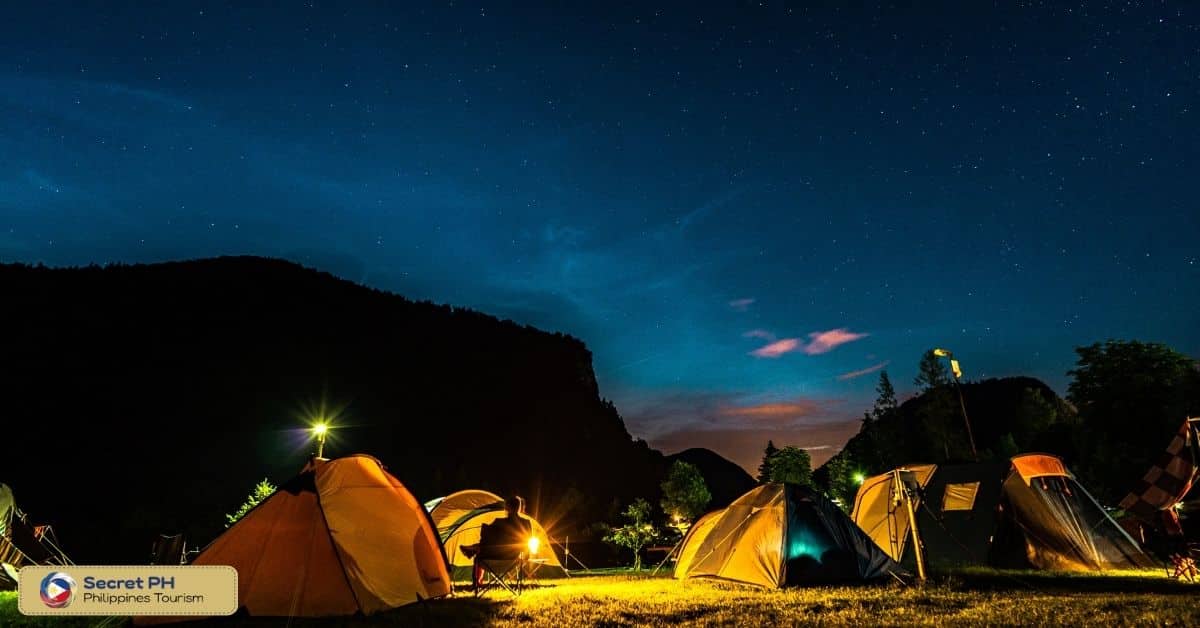
The Best Time to Visit Mount Pulag
The best time to visit Mount Pulag is during the dry season, which typically runs from November to April. This period offers the most favorable weather conditions for trekking, with clear skies and minimal rainfall. The months of December to February are particularly popular, as they offer the best chances of witnessing the stunning sea of clouds that forms around the mountain.
It is important to note that the weather conditions at Mount Pulag can be unpredictable and can change rapidly. It is advisable to check the weather forecast before embarking on your trek and to be prepared for sudden changes in temperature and weather. With proper planning and preparation, a visit to Mount Pulag during the dry season can provide an unforgettable experience of the natural beauty of the Philippine mountains.
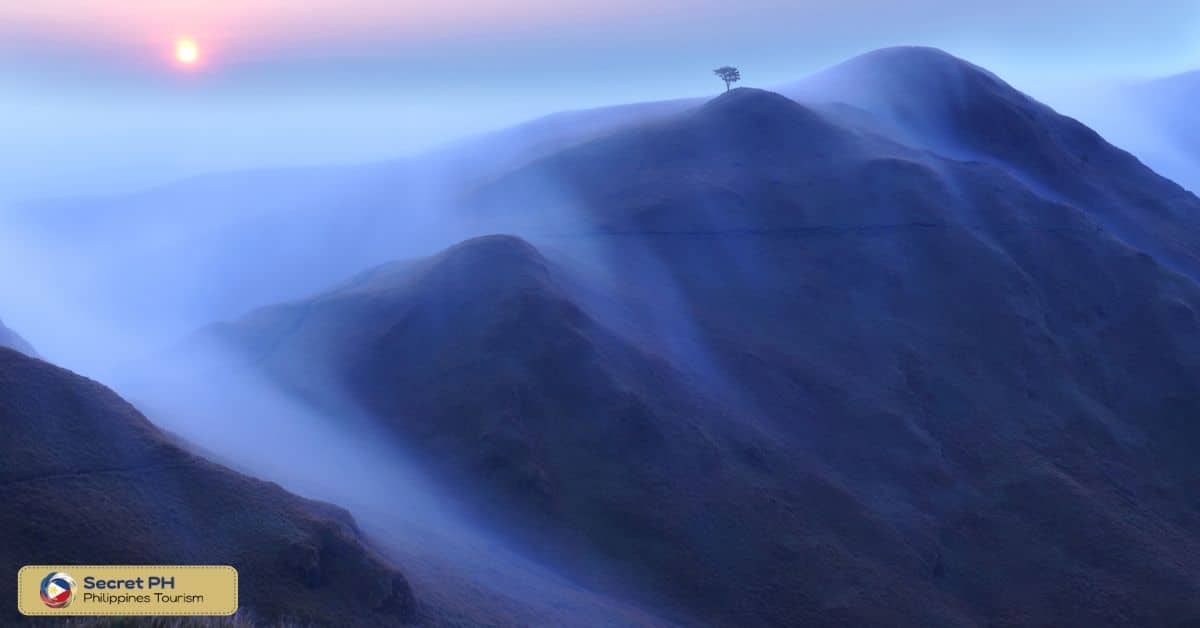
Precautions and Safety Measures While Trekking to Mount Pulag
Trekking to the summit of Mount Pulag is an exciting adventure for those who seek to experience the beauty of the Philippine mountains. However, it is important to take necessary precautions and safety measures to ensure a safe and enjoyable trek. Here are some essential precautions and safety measures to keep in mind while trekking to Mount Pulag:
- Obtain necessary permits and guides
- Check weather conditions before trekking
- Wear appropriate clothing and footwear
- Bring necessary equipment and supplies
- Stay on designated trails
- Avoid alcohol and drugs
- Respect the local culture and environment
- Keep in mind the risks of altitude sickness
- Know basic first aid and emergency procedures
- Follow the instructions of your guide and park authorities
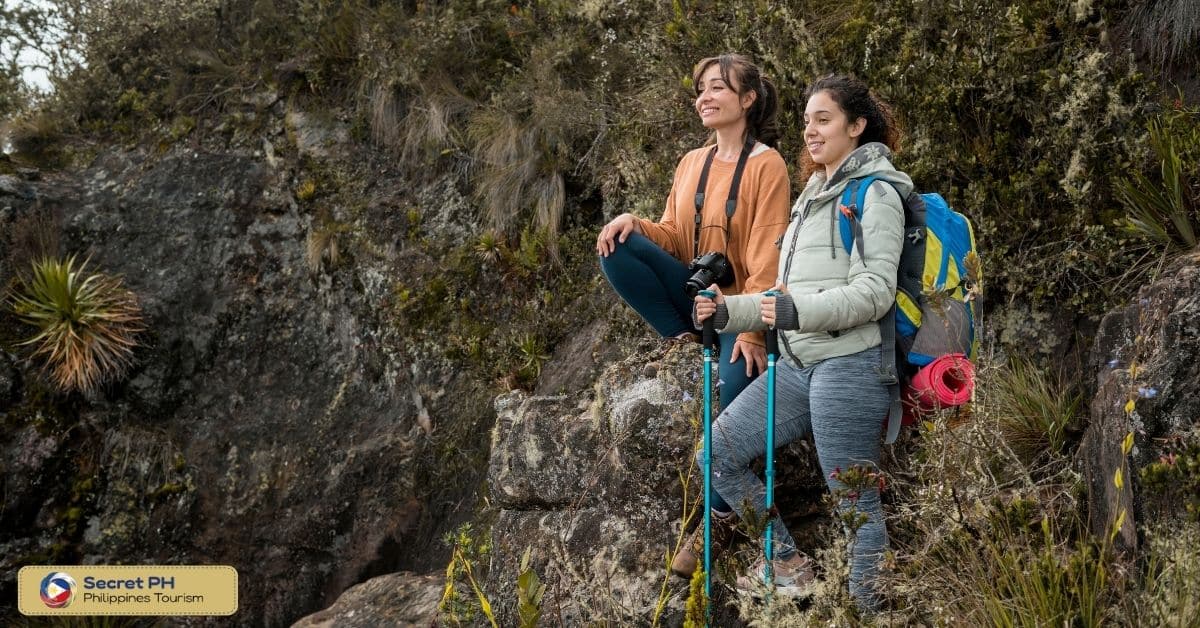
In conclusion
Mount Pulag is a popular destination in the Philippines that offers stunning views and unique biodiversity. From its diverse flora and fauna to its various trails and camping opportunities, the mountain provides visitors with an unforgettable experience of nature’s beauty.
With proper planning, preparation, and safety measures in place, visitors can enjoy a safe and enjoyable trek to the summit of Mount Pulag and bask in its breathtaking views. Whether you’re looking for a beginner-friendly hike or an exhilarating challenge, Mount Pulag is the perfect destination for adventurers seeking unforgettable experiences in nature.


